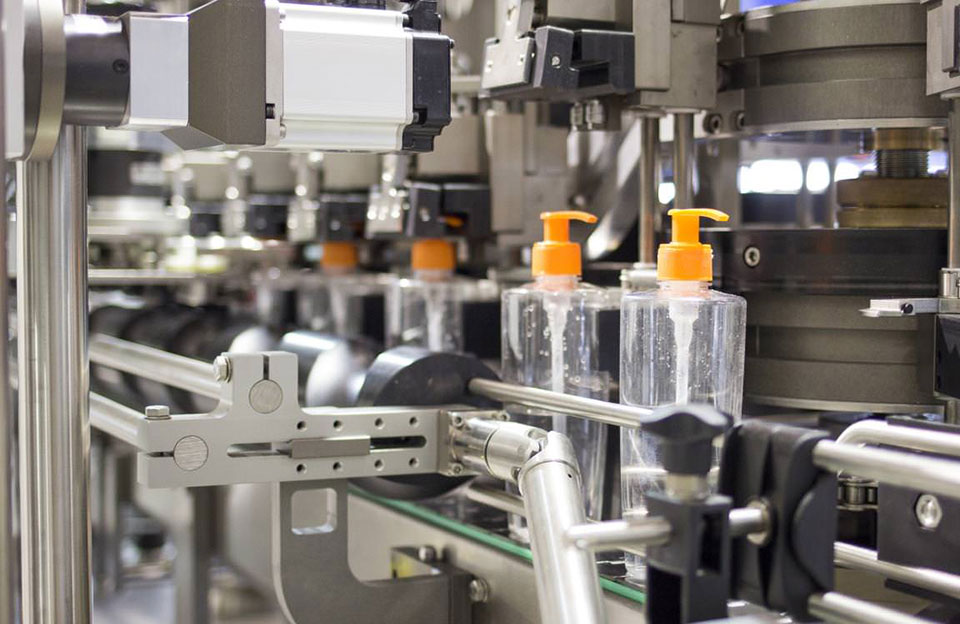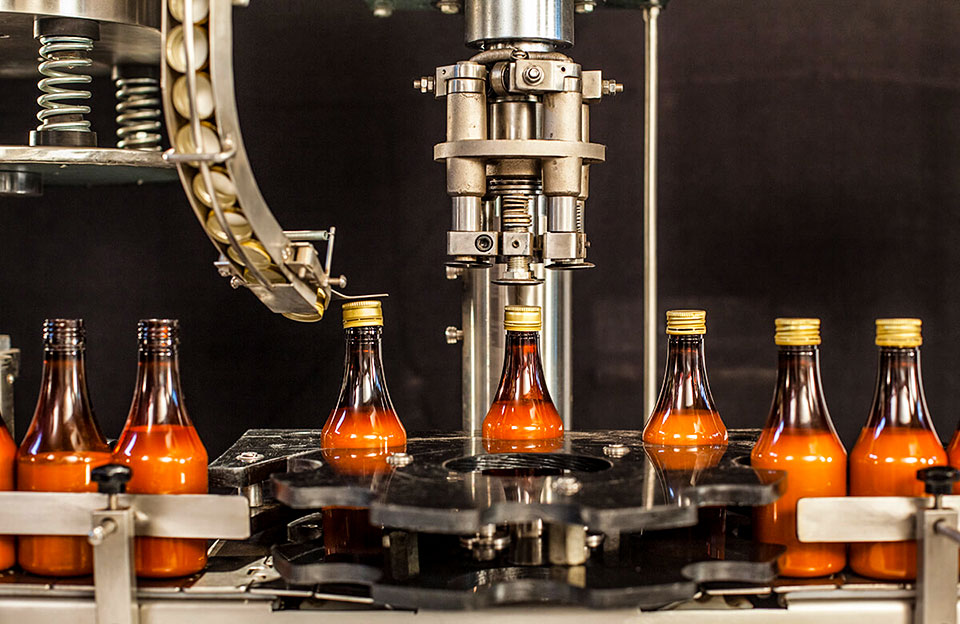A capping machine, or a cap sealing machine, is used to securely seal caps or closures on containers such as bottles, jars, or tubes. This machine ensures that the product inside the container remains closed and protected from external elements.
A capping machine plays a crucial role in many industries, particularly those involved in manufacturing and packaging. It is an essential piece of equipment that helps streamline the production process and ensures the integrity and safety of packaged products.
The Importance of Capping Machines for Enterprise
A capping machine is an indispensable tool for enterprises involved in packaging operations. Here are some key reasons why a capping machine is vital for enterprises:
- Efficiency and Productivity: A capping machine automates sealing containers, such as bottles, jars, or tubes, with caps or lids. This automation significantly speeds up packaging, increasing production rates and efficiency. It eliminates the need for manual labor, reducing human error and fatigue and enabling businesses to meet production targets more effectively.
- Consistency and Quality Control: Manual capping can lead to inconsistent sealing, which can compromise the quality and safety of the product. A capping machine ensures consistent and uniform sealing, preventing leaks, contamination, or tampering. This consistency is crucial in the pharmaceuticals, food and beverage, and cosmetics industries.
- Enhanced Product Protection: Capping machines provide secure and tight seals, preserving the freshness, shelf life, and quality of the packaged products. Properly sealed containers prevent the entry of air, moisture, or other contaminants, reducing the risk of spoilage, oxidation, or degradation. This is especially critical for perishable goods or products sensitive to environmental factors.
- Compliance with Regulations: Many industries have specific regulations and standards regarding product packaging and sealing. A capping machine helps businesses comply with these regulations by providing consistent and tamper-evident seals. This is particularly relevant in sectors such as pharmaceuticals, where the integrity of the product is closely monitored to ensure patient safety.
- Cost Savings: While investing in a capping machine may require an initial investment, it can result in long-term cost savings for enterprises. Automating the capping process reduces labor costs, minimizes product wastage due to faulty seals, and improves production efficiency. Additionally, capping machines often have adjustable settings, allowing businesses to optimize the amount of material used for each seal, further reducing costs.
- Scalability and Flexibility: Capping machines have various configurations to accommodate different container sizes, shapes, and cap types. This flexibility enables enterprises to scale their production and adapt to changing market demands without significant modifications or investments in new equipment. It also allows easy integration with existing packaging lines, ensuring a smooth workflow and minimizing disruptions.
Important Factors to Consider When Buying Capping Machines
Here is a brief buying guide for capping machines about some essential factors to consider when buying capping machines:
- Cap Types and Compatibility: Evaluating the bottle caps or closures used in the packaging process can ensure that the capper is compatible and is critical to buying capping machines. Different machines are designed for specific cap types, such as screw caps, snap-on caps, or crimping caps. Additionally, consider the range of container sizes and shapes the machine can accommodate.
- Production Capacity: Determine desired production capacity or output requirements. Capping machines have different throughput rates, so choosing one that can meet current and future production demands is essential. Consider factors such as the device’s speed, the number of containers it can cap per minute, and its ability to maintain consistent performance over extended periods.
- Automation Level: Capping machines come in various automation levels, from semi-automatic to fully automatic. Buying capping machines requires evaluating your production process and workforce capabilities to determine the level of automation that suits business needs. Fully automatic machines can integrate with other equipment and conveyors, offering higher efficiency and throughput, while semi-automatic machines may require manual intervention.
- Seal Quality and Integrity: The primary purpose of a capping machine is to provide reliable and consistent seals. Assess the quality and integrity of the seals produced by the device, considering factors such as tightness, uniformity, and resistance to tampering or leakage. Look for features like adjustable torque settings to ensure optimal sealing for different cap types and container materials.
- Ease of Use and Maintenance: Consider the user-friendliness of the capping machine and the level of training required for operation. A device with intuitive controls and clear instructions can help minimize downtime and errors. Additionally, assess the maintenance requirements of the machine, including cleaning, lubrication, and any necessary part replacements, to ensure that it can be easily serviced and maintained by staff.
- Durability and Reliability: Invest in a capping machine built to last and withstand the demands of the production environment. Look for devices constructed from high-quality materials and with a robust design. Research the manufacturer’s or supplier’s reputation and reliability, and consider reading customer reviews or seeking recommendations to assess the machine’s performance and longevity.
- Support and Service: Evaluating a manufacturer’s or supplier’s after-sales support and service is crucial when buying capping machines. Check for warranty coverage, technical assistance, spare parts availability, and maintenance support. A responsive and reliable support system can be invaluable in case of any issues or breakdowns, ensuring minimal disruption to the production process.
- Cost and Return on Investment (ROI): Assess the cost of the capping machine about its features, capabilities, and benefits to the enterprise. Considering the long-term return on investment, a high rate of return is significant for buying a capping machine, considering factors such as increased productivity, reduced labor costs, improved quality control, and potential savings in material wastage. Balance the initial investment with the expected returns over the machine’s lifespan.
Conclusion
The capping machine can effectively improve the production efficiency of the enterprise, reduce the error rate, save costs, and make profits for the enterprise. Considering these factors, an informed decision can be made when purchasing a capper that meets the business’s specific requirements and can help increase productivity and success.


